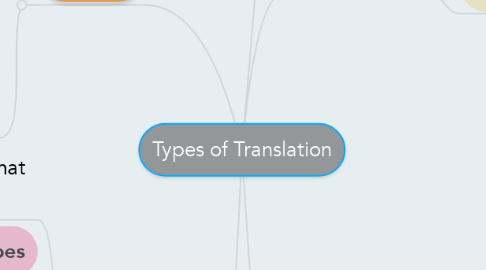
1. Journalistic
1.1. Purpose: write events in a way that appeals/attracts audience.
1.1.1. Structure
1.1.2. Headline – Catches the readers’ attention and makes them want to read on.
1.1.3. Introduction – A short paragraph about what the story is without including much details
1.1.4. The events of the story in a chronological order.
1.1.5. Conclusion – recaps on some of the main points or suggests possible predictions.
1.1.6. Features
1.1.6.1. Usually past tense.
1.1.6.2. Written in 3rd person.
1.1.6.3. Includes logical and time connectives.
1.1.6.4. include pictures with captions.
1.1.6.5. Can include quotes from people involved in the story.
1.1.6.6. Language is chosen to make the story interesting & attractivel
2. Legal
2.1. Types
2.2. court
2.3. national or international organization
2.4. a law book
2.5. a birth certificate
2.6. contract
2.7. Feathers
2.7.1. 1. Lexical features
2.7.2. Archaic terms
2.7.3. Latin and French terms
2.7.4. Formal terms
2.7.5. Religious terms
2.7.6. Culture-specific words
2.7.7. 2.Grammatical and stylistic features
2.7.8. Nominalization
2.7.9. Passivization
2.7.10. Conditional and prepositional phrases
2.7.11. Complex sentences
3. Litrary
3.1. goal is to create an equivalent work of art that has the same message, tone and effect
3.2. Types
3.3. Novels
3.4. Short stories
3.5. Drama (Plays)
3.6. Poetry
3.7. Features
3.8. Imagery
3.9. Metaphor
3.10. Rhyme
3.11. Rhythm
3.12. Symbolism
3.13. Sound effects
3.14. Meter
3.15. Stylistic devices
4. Business
4.1. formal texts written and used in business contexts for administrative, management, marketing and financial purposes
4.1.1. Types :
4.1.2. Memoranda (memos)
4.1.3. Business letters
4.1.4. Reports (management, administrative, marketing, PR, and financial)
4.1.5. Meeting agendas
4.1.6. Minutes of meetings
4.1.7. Progress reports
4.1.8. Contracts and license agreements
4.1.9. Job descriptions
4.1.10. Bills and invoices
4.1.11. Business plans
4.1.12. Policies
4.1.13. Characteristics
4.1.13.1. non-literary language
4.1.13.2. Strong use of numbers, facts, and measurable data.
4.1.13.3. Use of abstract entities as agents of actions rather than people (e.g. The project is developing on time, Data suggest that … ).
4.1.13.4. descriptions and/or analyses of topics.
4.1.13.5. business terms
4.1.13.6. business abbreviations
4.1.13.7. tables and charts
4.1.13.8. bullet points
